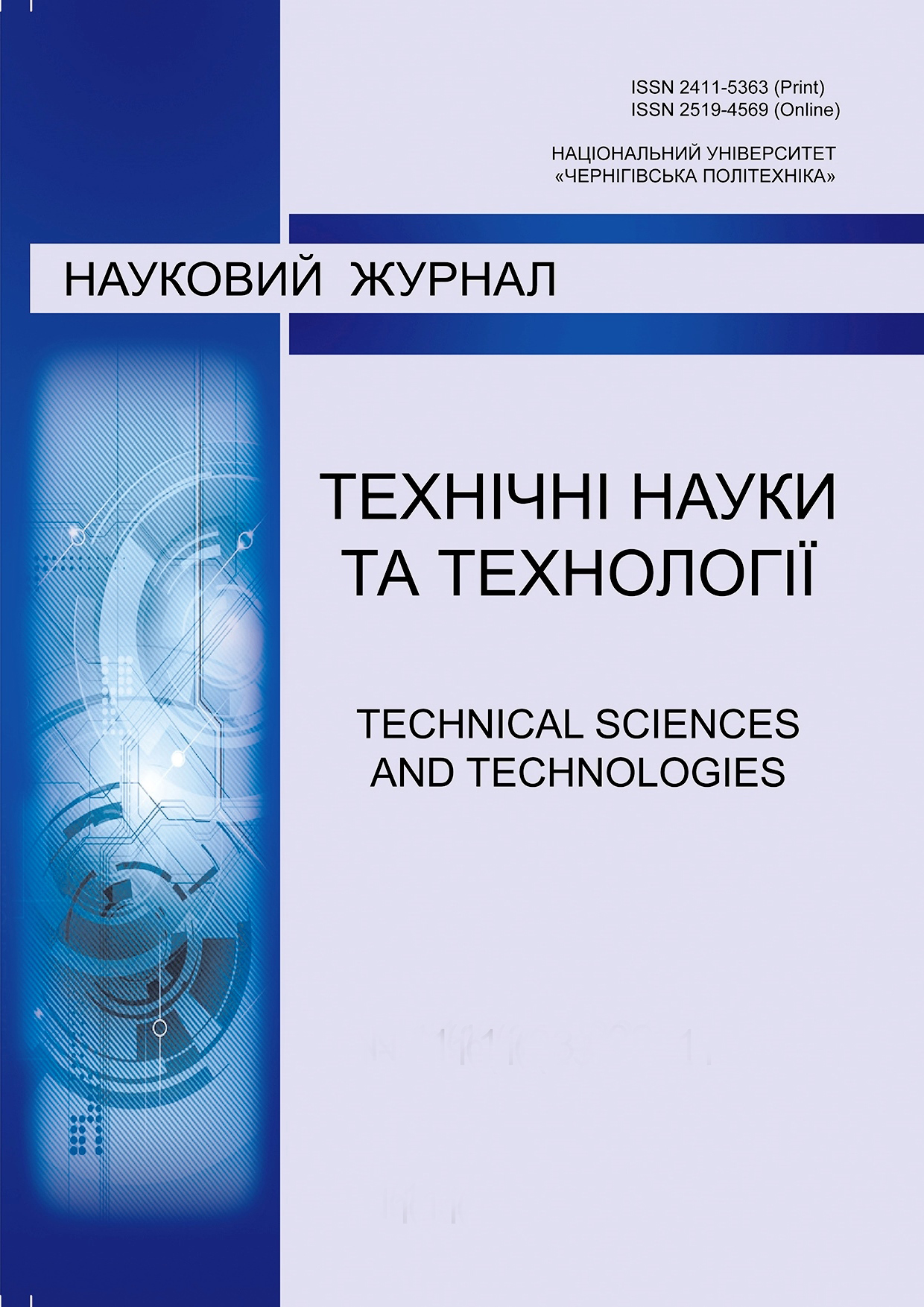Визначення миттєвих значень кутів у плані інструменту й величин контурної подачі під час точіння деталі складного профілю
DOI:
https://doi.org/10.25140/2411-5363-2023-4(34)-67-81Ключові слова:
складно профільна деталь; різальний інструмент; обробка; режими різання; геометричні параметри інструментуАнотація
Розглянуто особливості складнопрофільної токарної обробки інструментом, оснащеним круглою змінною різа-льною пластиною для випадків обробки опуклих та увігнутих тороїдних поверхонь. Показано, що параметри режимів різання і практично усі геометричні параметри інструменту є миттєво змінними залежно від особливостей профілю оброблюваної поверхні деталі. Залежно від кута нахилу твірної профілю поверхні деталі до її осі обертання зміню-ються швидкість різання, товщина зрізуваного шару матеріалу, головний і допоміжний кути в плані різця та інші характеристики процесу різання. Відповідно змінюються площі контактуючих поверхонь інструмента з припуском, що зрізається та оброблюваною поверхнею деталі. Наведено залежності для визначення товщини, площі перетину зрізуваного шару матеріалу, дійсної подачі, довжини різальних кромок, головного кута в плані інструменту.
Посилання
Supriya, J.P., George, V.A. (2014). Study on Effect of Basic Cutting Variables on Machining Characterestics of Low Carbon Steel Work-Material in Turning. Inter. J. of Eng. Res. & Technol, 3(8), 712–716.
Xichun, L., Cheng, K., Ward, R. (2005). The effects of machining process variables and tooling characterisation on the surface generation: modelling, simulation and application promise. Inter. J. of Advanc. Manuf. Technol, 25, 1089–1097.
Diniard, E., Yudistirani, S. A., Basri, Hasan, R., Anwar, I. (2021). Analysis of the Effect of Cutting Variables against Surface Hardness. J. of Applied Sci. and Advanc. Technol, 3(3), 81–88.
Turomsha, V.I., Mishchenko, S.N. (2010). Analiz algoritmov upravleniia parametramy rezhima rezaniia pri obrabotke detalei s peremennoi glubinoi rezaniia na stankakh s chislovym programmnym upravleniem [Analysis of algorithms for controlling cutting parameters when processing parts with variable depth of cut on machines with numerical control]. Mashinostroenie – Mechanical engineering, 4, 2–6.
Sadílek, M., Lep, R., Sadílková, Z., Valíek, J., Petøkovsk, L. (2013). Increasing tool life during turning with a variable depth of cut. Materials and technology, 47, 2, 199–203.
Sadilek, M., Petrkovska, L., Kratochvil, J. (2013). Turning Thin-Walled Workpieces with Variable Depth of Cut. Inter. J. of Mechnic. and Mechatron. Eng., 7, 9, 1868–1872.
Turomsha, V.I. (2000). Tochenye detalei slozhnoi formы s peremennoi hlubynoi rezanyia [Turn-ing of parts of complex shapes with variable depth of cut]. Mashinostroenie – Mechanical engineering, 16, 133–137.
Hou, Y., Zhang, D., Zhang, Y., Wu, B. (2021). The variable radial depth of cut in finishing machining of thin-walled blade based on the stable-state deformation field. The Inter. J. of Advanc. Manuf. Technol, 113, 141–158.
Turomsha, V.I., Mishchenko, S.N. (2011). Modelirovanie iznosa y stoikosti instrumenta pri obrabotke detalei s peremennoi glubinoi rezaniia [Modeling of wear and tool life when machining parts with variable depth of cut]. Vestnik HHTU ym. P. O. Sukhoho – Bulletin of GGTU named after P.O. Sukhoi, 2(45).
Reddy, R.G., DeVor, R.E., Kapoor, S.G. (2021). A mechanistic force model for combined axial-radial contour turning. Inter. J. of Machine Tools & Manuf., 41, 1551–1572.
##submission.downloads##
Опубліковано
Як цитувати
Номер
Розділ
Ліцензія

Ця робота ліцензується відповідно до Creative Commons Attribution-NonCommercial 4.0 International License.


